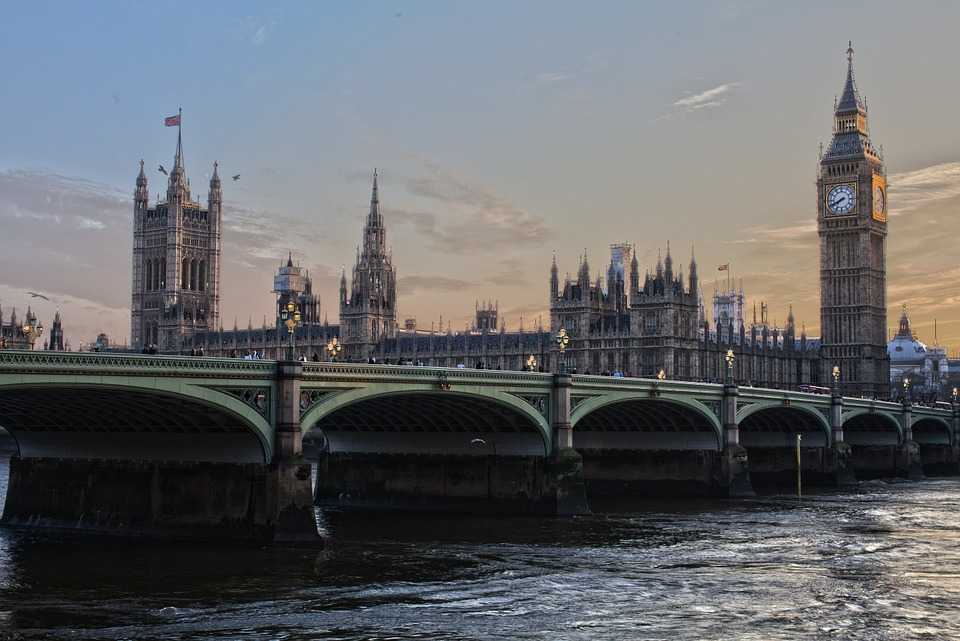Travelling is a favourite pastime for many all over the world, and India is no exception. Indians spent nearly $10 billion (₹831 billion) in overseas travel from April to December of the fiscal year 2022-2023. In December alone, $1,137 million (₹94,444 million) was spent on travel, and international tourism will likely continue to see high numbers as 2023 goes on. As such, it’s clear that money is a huge factor in ensuring a seamless international vacation experience.
Carrying around enough money allows you to make important purchases without a hitch, and with the growth of technology, there are many more ways transactions can be carried out. However, it can be headache-inducing to deal with foreign currency and exchange rates when planning a trip. To help you reduce the hassle, here are some tips on how to trade foreign currencies before your next vacation:
Understand the forex market
The forex market is the largest and most liquid financial market in the world. Many prefer trading forex since the market is open 24 hours for five and a half days a week, with trading hours beginning on Sunday at 9:05 p.m. and ending on Friday at 8:59 p.m. However, if time differences between countries are taken into consideration, people can trade forex at any time of the day. This presents many opportunities for trading and investing in various currency pairs. If a trader is planning to trade a currency pair like EUR/USD (US dollar against the Euro), they will need to pay attention to the opening hours of the European and US markets, which will be the most active for this pair.
The forex market is also highly influenced by various factors, such as inflation, political stability, interest rates, and more. The publication of important economic data and geopolitical news can also cause prices to change. With these updates, market sentiments tend to shift and also cause price changes. The confidence and speculation of many investors on platforms like forex apps can increase or decrease the valuation of a currency.
Select a reputable currency exchanger
Before exchanging your currency, it helps to look up the current exchange rates and the market trends within the forex market. Doing this can help give insight into what to expect when comparing prices in banks or currency exchangers so you can find the best deal. You can start with your local bank branch first. Banks typically offer competitive exchange rates and charges, so they can be your first stop to get lower fees for exchanging money. Foreign currency exchangers are also a viable option; you don’t need a bank account to use their services, and you can easily compare prices by researching online. For convenience, online forex services can also be a big help. These services will come with an exchange rate calculator so you can see how much money you will need to exchange to get the right amount of foreign currency, as well as conversion rates.
It’s also important to note that you should exchange your currency before your trip. Because the Indian rupee is not a global currency, you will likely have trouble exchanging it abroad. It’s therefore easier and safer to exchange currency in India. Exchanging currency at the airport is also not recommended, as currency exchange outlets usually charge higher fees and currency conversion charges. You’ll end up getting less currency for your money, so these spots should only be your last resort. Similarly, you should avoid exchanging currency at hotels for this reason.
Research on forex limitations
When travelling abroad, it can help to know the limitations of forex and how much you can bring internationally or what amount of forex is recommended. You can legally carry an unlimited amount of foreign currency, but you may have to file a declaration form if you exceed a certain amount of money in currency notes, money orders, or traveller’s checks. For example, international travellers going to the United States will have to declare if they are travelling with an amount exceeding $10,000 or roughly ₹830,639.
Apart from how much money you can bring with you internationally, you’ll also have to be wise about how you carry your money and understand the limitations of these payment methods. For instance, it’s recommended that you carry 30% of your foreign currencies in cash and put 70% of it in a forex card, which is the 30/70 rule. You can use the card for most transactions and have cash in various denominations in case your card might not be accepted. Cash and card will have their own limitations and advantages when travelling, so carrying both can help balance out risks and minimise stress.
Consider using a forex card
With digital and card payments on the rise globally, carrying cash may not be as necessary when travelling abroad. Rather than visiting a currency exchange office and converting currencies, you can load up a forex card instead. You don’t need huge wads of cash that can be an inconvenience to carry around, the card can sit neatly in your wallet when you’re travelling around. You load the required foreign currency before you travel abroad. When vacationing internationally, you can use the forex card just like a regular debit card to pay for your purchases or withdraw money. A forex card may also be more beneficial than regular debit or credit cards, which may incur high transaction fees. In countries like Sri Lanka, forex cards are recommended to use for currency exchange to avoid paying high costs.
There are two types of prepaid forex cards. Single-currency forex cards can hold only one type of foreign currency, and there will be costs if any other currency is used on these cards. Multi-currency forex cards permit the use of multiple foreign currencies without the need for extra charges. Regardless of which type you use, forex cards are widely accepted in many countries, they make international transactions easier, and they can be convenient to bring around when travelling.
Related Itineraries

Relaxing 7 day Switzerland itinerary for the Honeymoon travellers
- Flights excluded
- 4 star accommodations
- 6 activities
- Private transfer
₹ 2,20,885
Starting price/person

London Dreams: Stay in London and wander around for 6 night stay
- Flights excluded
- 3 star accommodations
- 7 activities
- Shared transfer
₹ 1,07,442
Starting price/person

Beautiful 9 Nights France Tour Packages
- Flights excluded
- 3 star accommodations
- 6 activities
- Shared transfer
₹ 52,649
Starting price/person

Stunning 6 Nights Northern Lights Packages
- Flights excluded
- 2.5 star accommodations
- 3 activities
- Transfers excluded
₹ 64,954
Starting price/person

Fantastic 6 Nights Finland Northern Lights Tour Package
- Flights excluded
- 4 star accommodations
- 2 activities
- Shared transfer
₹ 69,369
Starting price/person

Amazing 10 Nights Netherlands Trip Package
- Flights excluded
- 2 star accommodations
- 9 activities
- Private transfer
₹ 52,895
Starting price/person

Magical 10 Nights Spain Tour Package
- Flights excluded
- 4 star accommodations
- 9 activities
- Shared transfer
₹ 1,17,742
Starting price/person

Europe Tour Packages For 6 Nights
- Flights excluded
- 4 star accommodations
- 7 activities
- Shared transfer
₹ 52,876
Starting price/person

Europe Trip Packages For 10 Nights
- Flights excluded
- 4 star accommodations
- 9 activities
- Shared transfer
₹ 73,921
Starting price/person

Romantic 8 Nights Bali and Vietnam Honeymoon Packages
- Flights included
- 4 star accommodations
- 6 activities
- Shared transfer
₹ 99,947
Starting price/person



